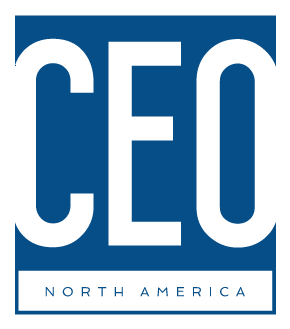We spoke with strategy, operations, and transformation officers from Fortune 500 companies, as well as professionals from various Deloitte Global member firms around the world, to determine where companies are finding new efficiencies and redeploying savings into areas promising long-term growth. While some approaches take years to implement, others can lead to results in short order. Here are four approaches that appear to be gathering momentum.
Prioritize long-term investments
Under traditional cost management models, organizations often encounter a common pitfall: In striving for short-term profitability, they fail to strategically invest in the company’s future. Neglecting strategic investments in favor of short-term cost reductions can backfire by stifling innovation, degrading product or service quality, lowering employee morale, and missing growth opportunities.
Shift from cost management in silos to cost optimization synergies across the organization
Traditionally, many companies have pursued cost reduction in silos, focusing on cutting expenses in specific departments without regard to the broader organizational impact. This method often overlooks the potential for unintended consequences that could stifle the company’s long-term growth. In contrast, cost optimization as an organizational strategy offers a more holistic approach. It involves a thorough analysis of spending and processes across the entire organization to identify not just savings, but also opportunities to enhance value. This strategy involves a cultural shift from merely seeking to minimize costs to optimizing them in a way that supports sustainable growth and competitive advantage. By embracing cost optimization, companies can align their financial objectives with their long-term strategic goals, helping ensure that every dollar spent contributes to the overarching mission.
Rely on strategic partners, and not just for non-core functions
In the 1990s, some companies embraced a cost-cutting approach advocated by management thinker Peter Drucker in his 1989 Wall Street Journal article, “Sell the mailroom.”2 Best captured in the popular motto, “Do what you do best and outsource the rest,” it was essentially a cost arbitrage game. Organizations would focus on their core competencies and outsource everything else to third-party contractors, including services like the mailroom, janitors, security, logistics, payroll, and food services.
Integrate tech to help with everything from forecasting to talent to risk management
Technology like artificial intelligence tools can be instrumental in transforming traditional cost management approaches.
The new era of cost management
Cost management has taken many forms over the years, but over time, one principle has remained constant: No company has ever cut its way to prosperity. It is time for organizations to fundamentally reframe their approach. Instead of focusing on traditional cost-cutting or piecemeal improvements, the emphasis is now on creating broader efficiencies across the organization and, in doing so, freeing up resources (whether capital, equipment, or people) that can be redeployed to propel the business toward a more efficient, resilient, and prosperous future.












